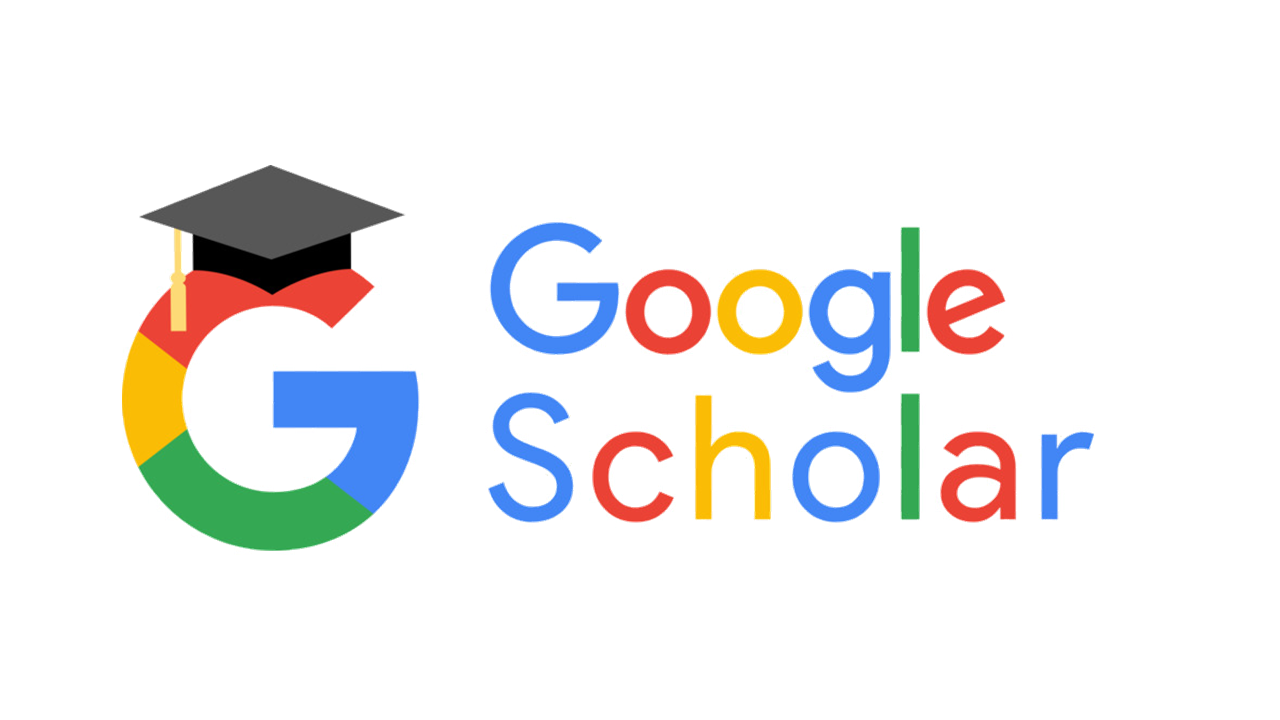Analisis Pengolahan Limbah Padat Tahu Terhadap Alternatif Industri Pangan Sosis (Grade B)
DOI:
https://doi.org/10.32493/jitk.v5i1.9193Keywords:
waste processing, tofu pulp, alternative food, sausageAbstract
Literature studies show that the nutrient content in tofu pulp is still high; however the utilization of this waste is still relatively low by the community. Nowadays, tofu dregs is still widely used as an ingredient for animal feed. Some of the reasons why people don't take advantage of tofu waste are consits of the funding, equipment, time and worries related to starting their own business. The aims of this study is to make a pre-designed tofu dregs processing plant into a multipurpose product aggregate such as sausages driven by the tofu business community. The method stage in this research is making a feasible product and process scheme, analyzing tofu solid waste in the form of a paper project and making a household scale sausage production prototype. The results of this study are able to produce a role model for tofu dregs utilization which is more conomically valuable but still meet the standard and quality of reasonableness. The results of the role model will be disseminated by reaching out to tofu entrepreneur communities to collaborate with each other so that the utilization of tofu with high economic value can be carried out more massively, structurally and systematically.
References
Chui et al. (1996). Removal and recovery of copper(II), chrominum(III) and nickel(II) from solutions using crude shrimp chitinpacked in smalls column. Environmental International, Vol. 22, Issue 4, 463–468
Departemen Kelautan dan Perikanan RI (2005) http://www.dkp.go.id/content.php?c=1931
Gading Wilda Aniriani, Nurul Fitria Apriliani dan Eko Sulistiono. (2018). Hidrolisis Polisakarida Xilan Jerami Menggunakan Larutay Asam Kuat untuk Bahan Dasar Produksi Bioetanol. Jurnal Ilmiah Sains Vol. 18 no.2 pp. 113 – 117
Gamage, A., & Shahidi, F. (2007). Use of chitosan for the removal of metal ion contaminants and proteins from water. Food Chemistry. Vol. 104, Issue 3, 989-996.
Kartika, S.E., Pratiwi, R.D., Pujirahayu, A., Alhidayat, F., Sholihah, M. (2009) Pemanfaatan Limbah Padat Industri Tahu Menjadi Soya Bean Nugget Sebagai Upaya Pemberdayaan Perempuan. DIPA UNS. Surakarta.
Shurtleff, W. and A. Aoyagi (1975) The Book of Tohu, Food for Mankind. Ten Speed Press. California, USA.
Udaybhaskar, P., Iyengar, L., & Prabhakara Rao, A. V. S. (1990). Hexavalent chromium inter-action with chitosan. Journal of Applied Polymer Science, Vol. 39,Issue 3, 739–747.
Yuslinawati (2006) Isolasi dan Karakterisasi Sifat-Sifat Fungsional Protein Ampas Tahu, Fakultas Teknologi Pertanian, Institut Pertanian Bogor.
Downloads
Published
How to Cite
Issue
Section
License
Authors who publish with this journal agree to the following terms:
1. Authors retain copyright and grant the journal right of first publication with the work simultaneously licensed under creativecommons.org/licenses/by-sa/4.0 that allows others to share the work with an acknowledgement of the work's authorship and initial publication in this journal.
2. Authors are able to enter into separate, additional contractual arrangements for the non-exclusive distribution of the journal's published version of the work (e.g., post it to an institutional repository or publish it in a book), with an acknowledgement of its initial publication in this journal.
Authors are permitted and encouraged to post their work online (e.g., in institutional repositories or on their website) prior to and during the submission process, as it can lead to productive exchanges, as well as earlier and greater citation of published work (See The Effect of Open Access).
Jurnal Ilmiah Teknik Kimia have CC-BY-SA or an equivalent license as the optimal license for the publication, distribution, use, and reuse of scholarly work.
In developing strategy and setting priorities, Jurnal Ilmiah Teknik Kimia recognize that free access is better than priced access, libre access is better than free access, and libre under CC-BY-SA or the equivalent is better than libre under more restrictive open licenses. We should achieve what we can when we can. We should not delay achieving free in order to achieve libre, and we should not stop with free when we can achieve libre.
Jurnal Ilmiah Teknik Kimia is licensed under a Creative Commons Attribution 4.0 International License
YOU ARE FREE TO:
- Share — copy and redistribute the material in any medium or format
- Adapt — remix, transform, and build upon the material for any purpose, even commercially.
- The licensor cannot revoke these freedoms as long as you follow the license terms.






